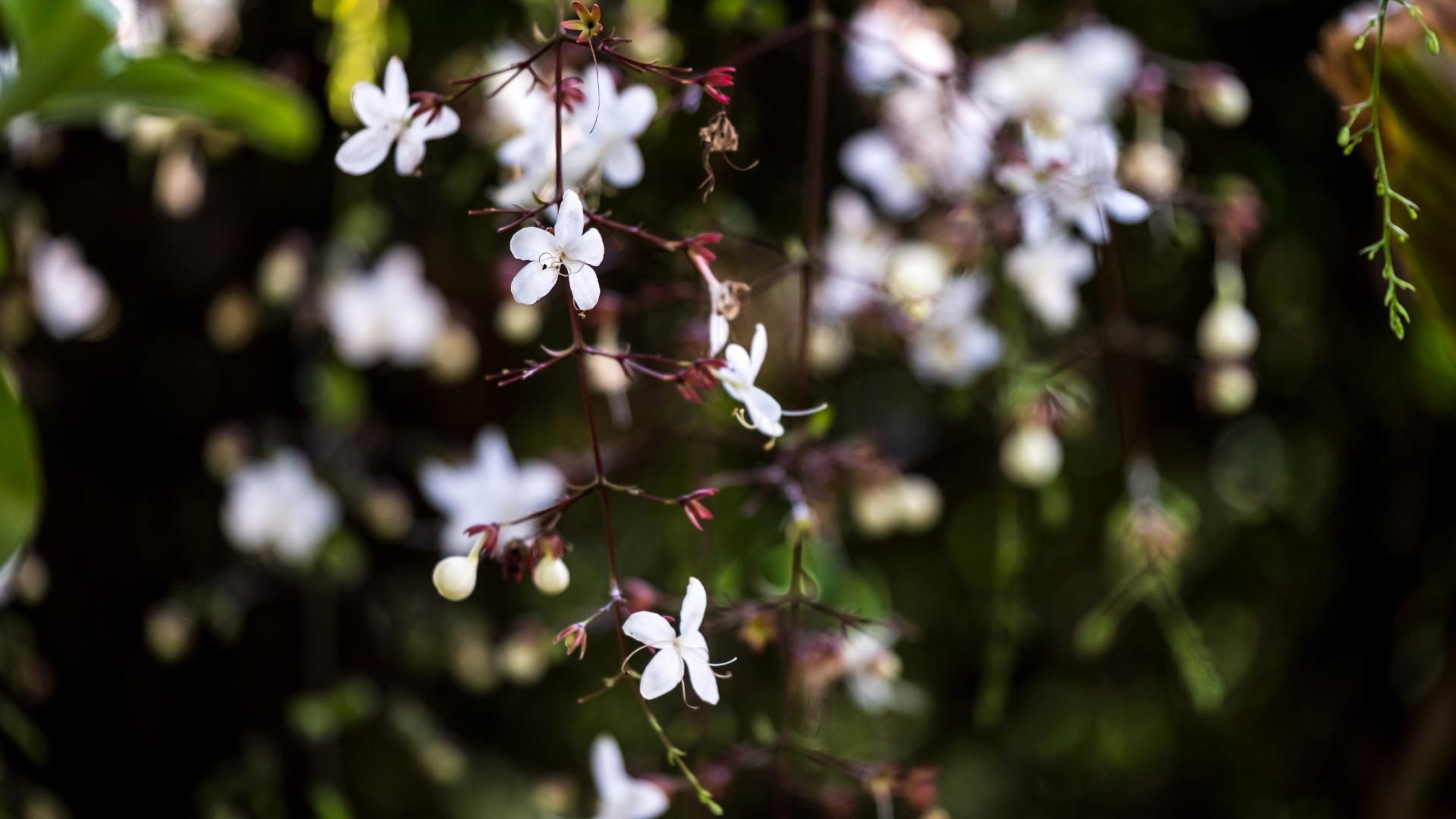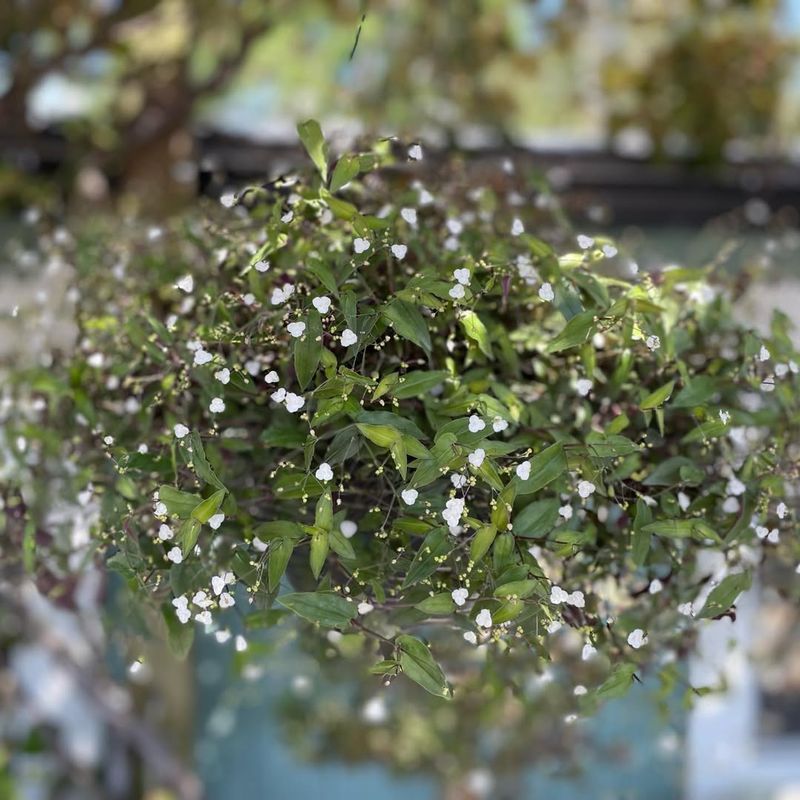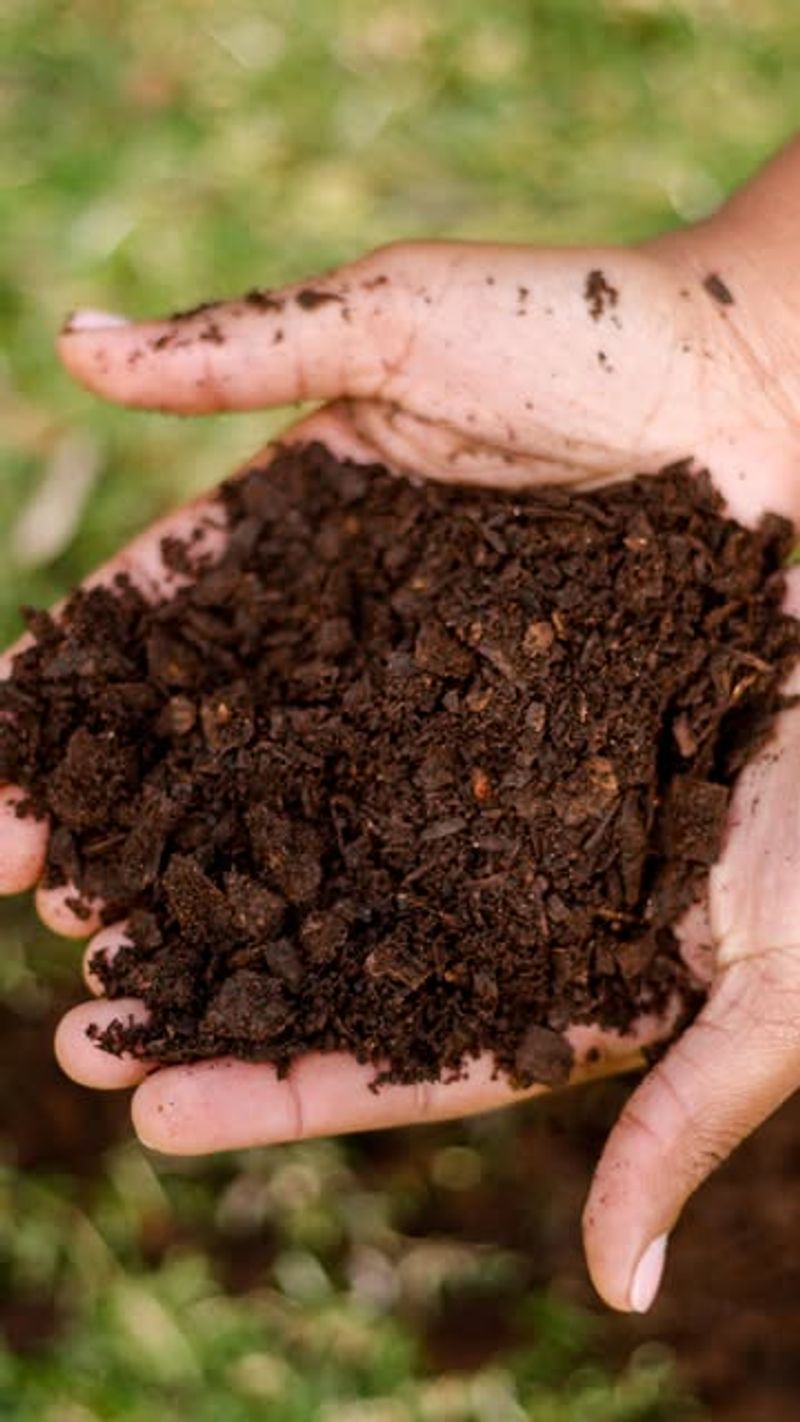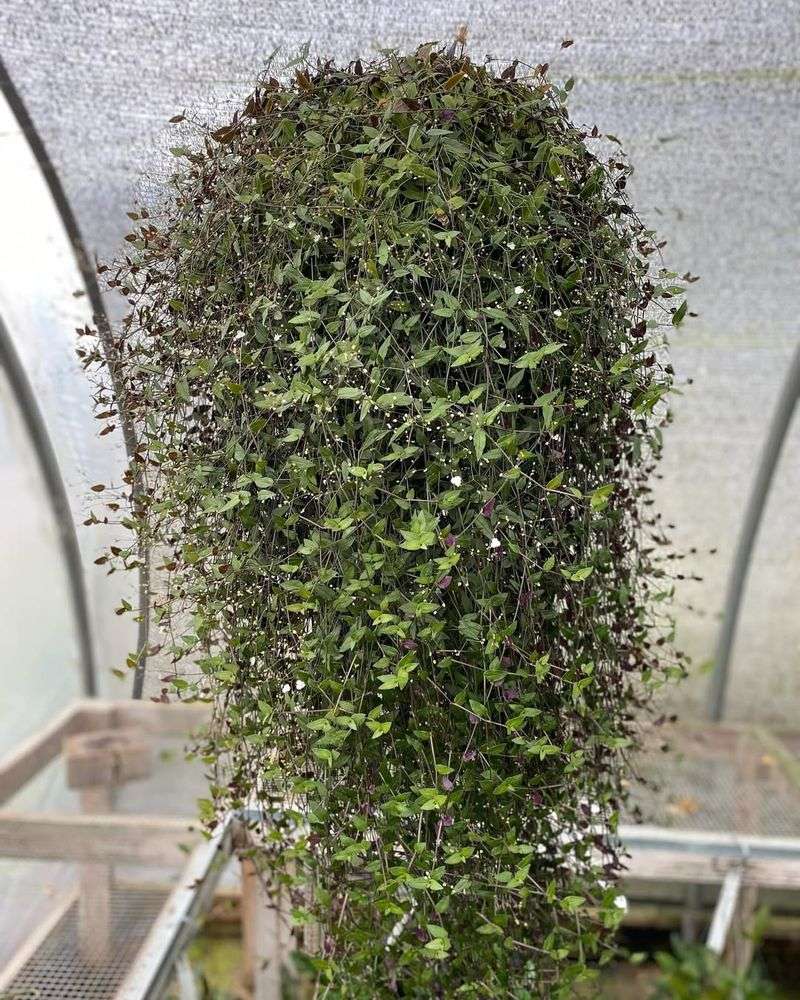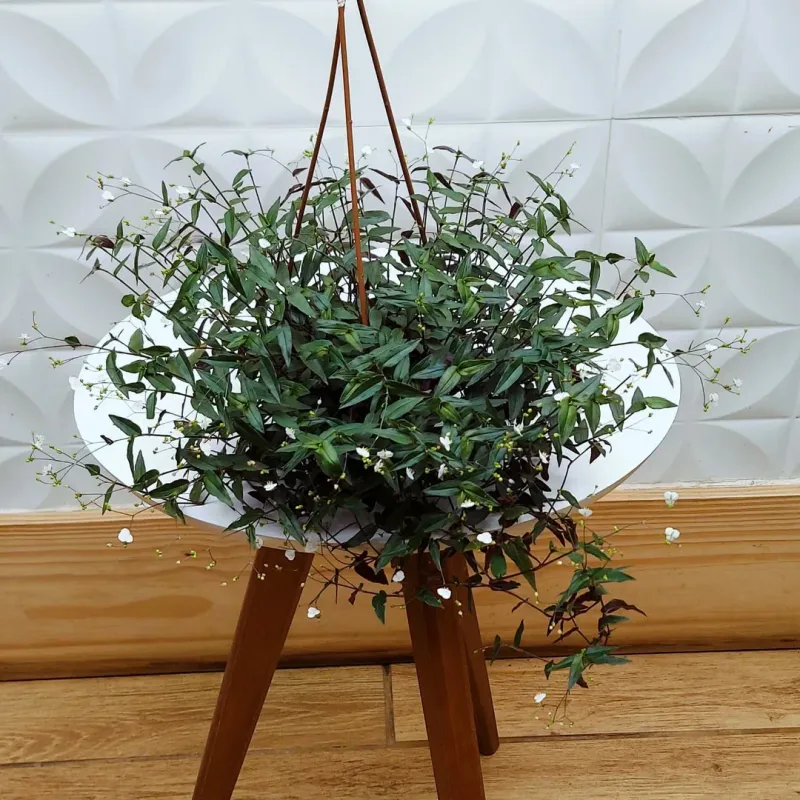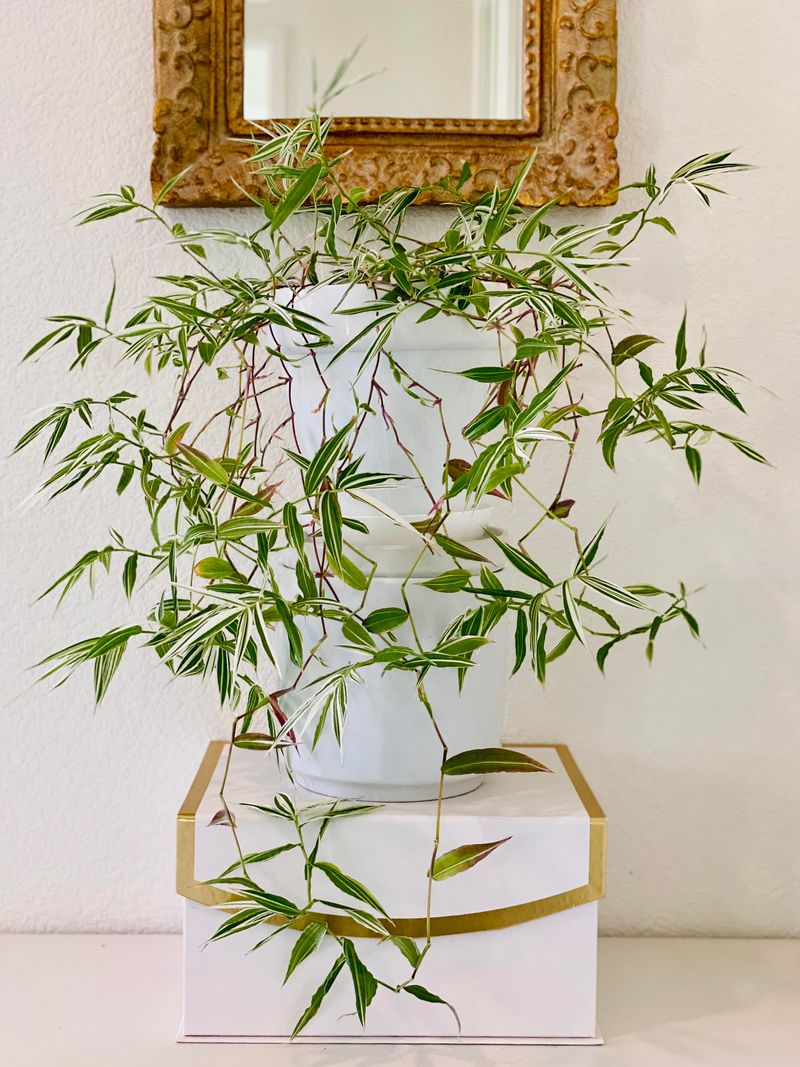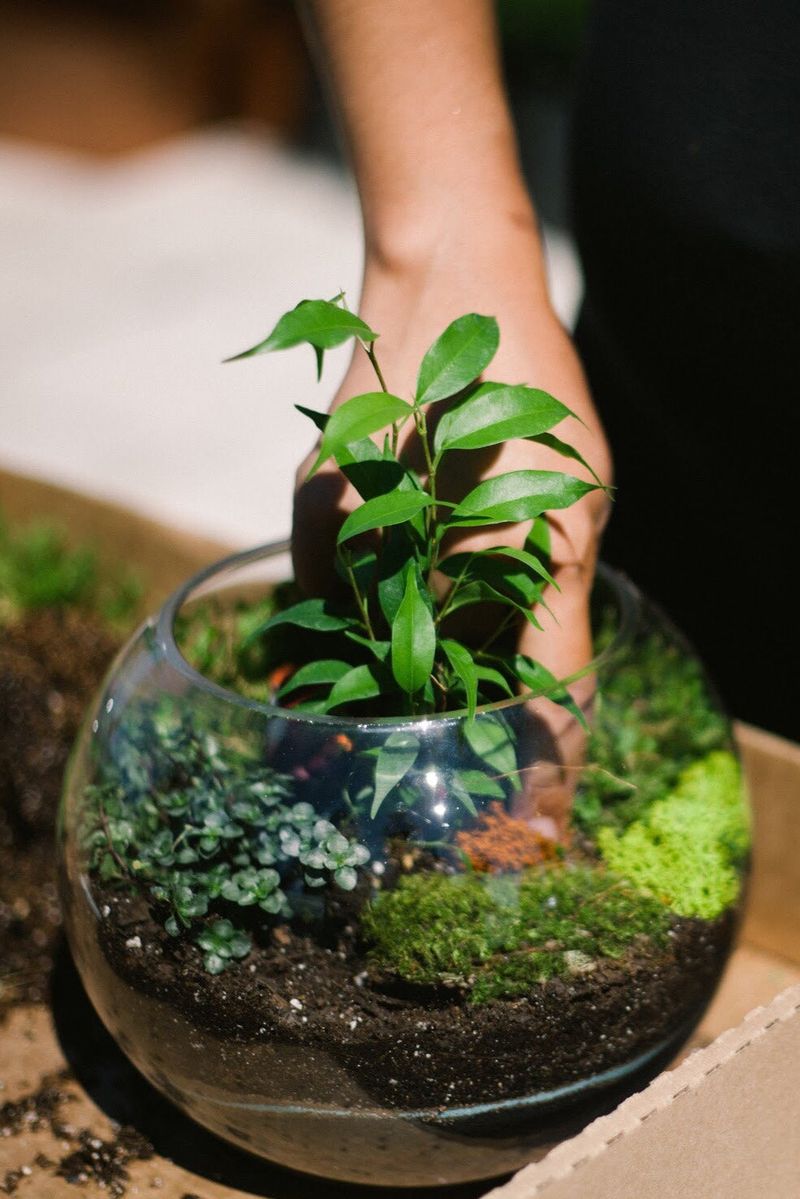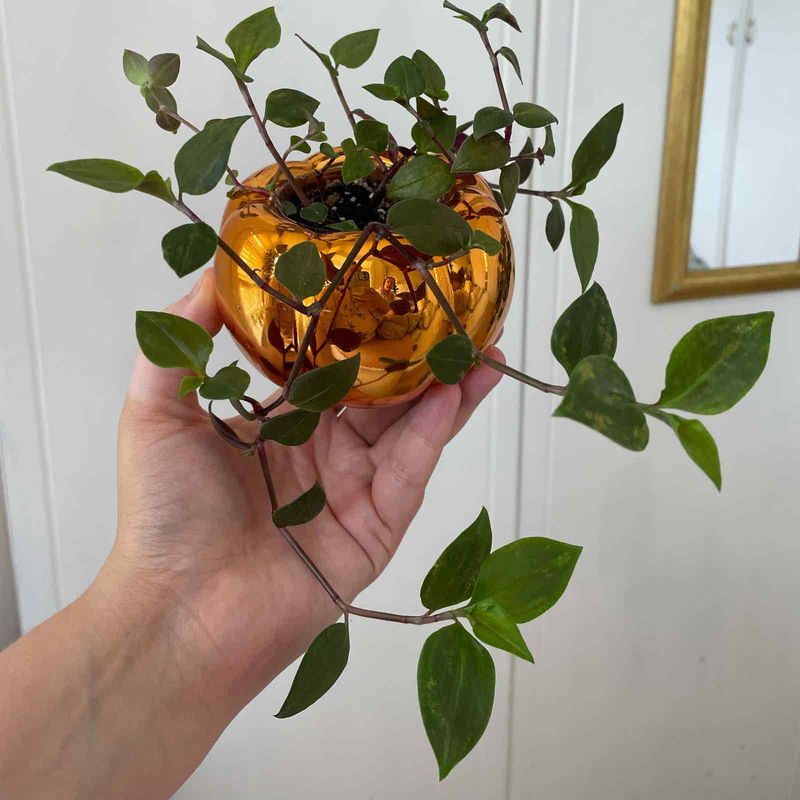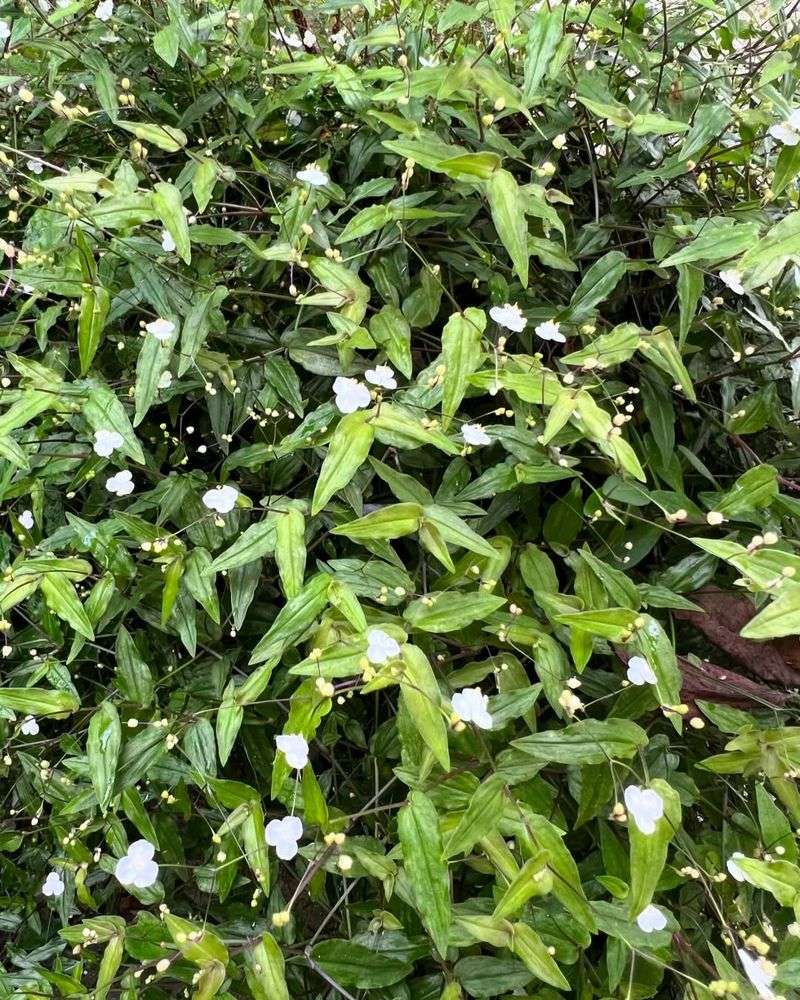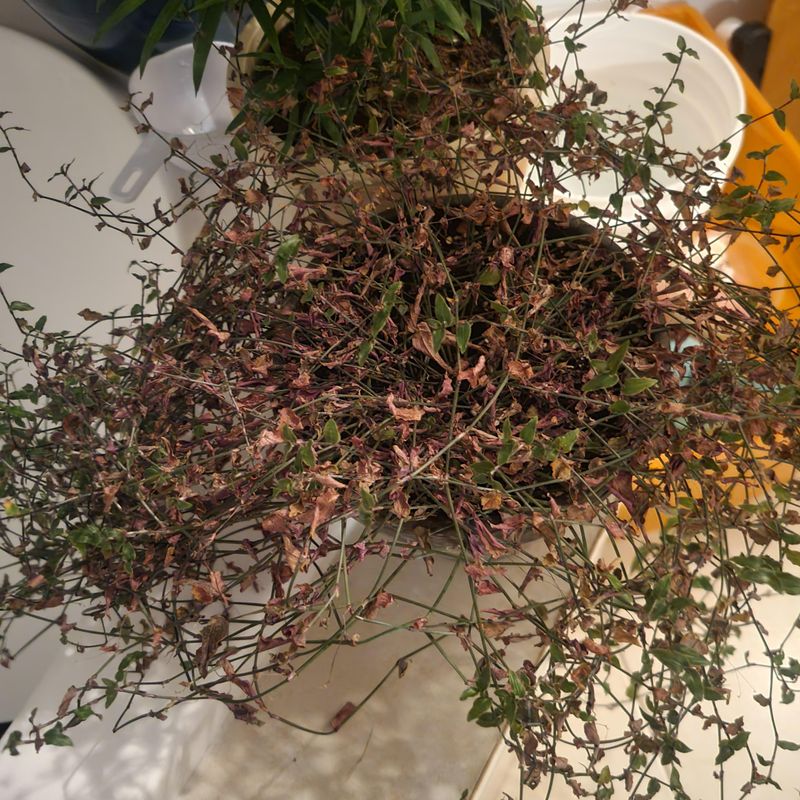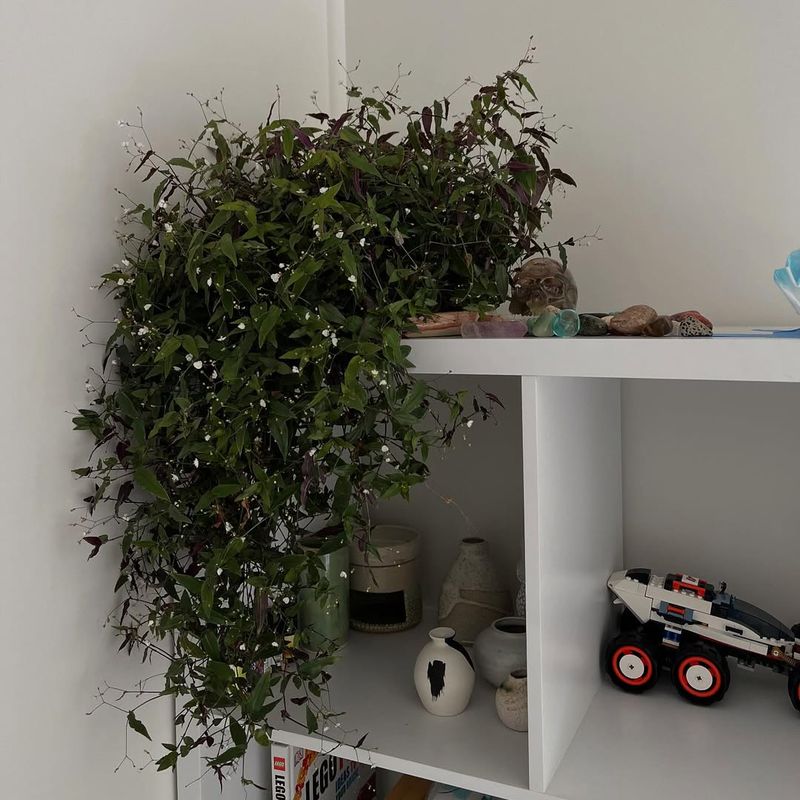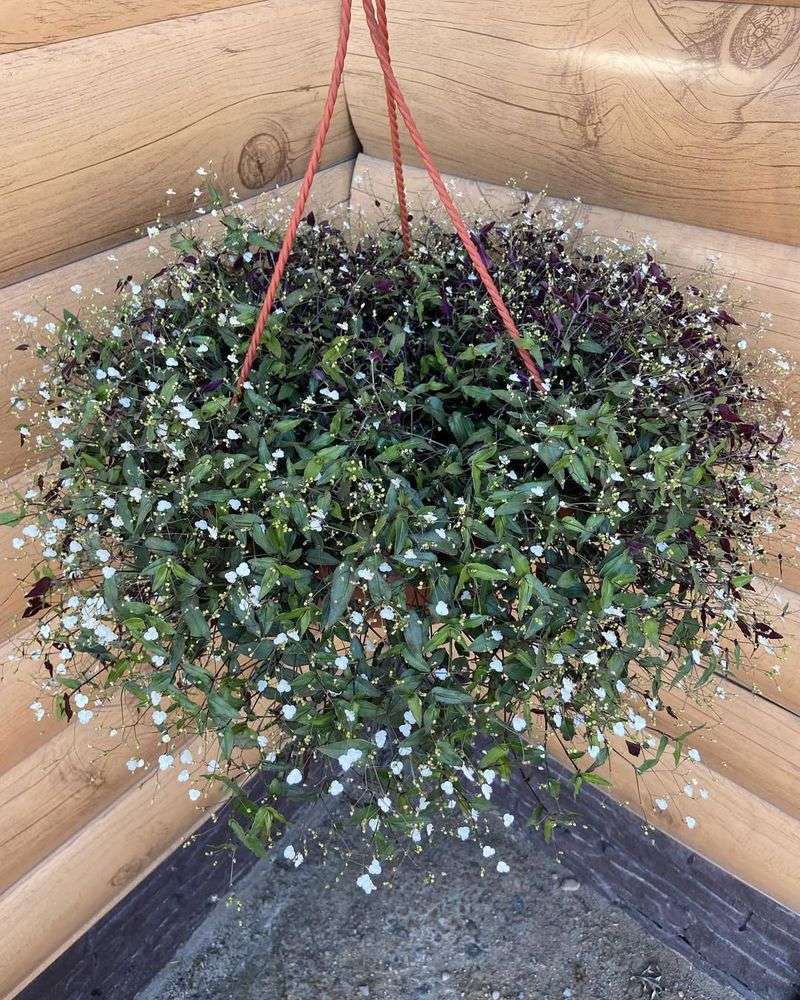The bridal veil plant, also known by its fancy name Gibasis geniculata, is basically the botanical equivalent of a fairy tale. With trailing vines, bright green leaves, and dainty white blooms that look like tiny veils, it’s no wonder this graceful houseplant steals the spotlight.
But here’s the best part—it’s as low-maintenance as it is lovely. Think of it as the perfect guest: stylish, undemanding, and always freshening up the place. With a few easy-care tricks up your sleeve, this beauty can spill elegantly from shelves, hanging baskets, or windowsills, turning any room into a lush, living daydream.
1. Introduction To The Bridal Veil Plant
Imagine a graceful cascade of delicate white flowers and vibrant green leaves adorning your home. That’s the allure of the bridal veil plant, also known scientifically as Gibasis geniculata.
This indoor favorite captures the hearts of gardeners with its ethereal beauty and easy care. The plant’s charm doesn’t just stop at aesthetics; it’s also known for its air-purifying qualities.
No wonder it’s a top pick among those who want a touch of nature without much fuss. Its ability to thrive with minimal attention makes it an ideal choice for both novice and seasoned gardeners alike.
2. Light Requirements
Bright, indirect light is the sweet spot for this leafy beauty. Position it near a window with filtered sunlight, and watch it flourish. Too much direct sunlight can scorch its leaves, while too little can cause them to lose their vibrancy.
Signs of insufficient light include legginess and faded foliage. If you notice these symptoms, reposition the plant for optimal lighting. The plant’s adaptable nature allows it to adjust, but finding the right balance will keep it looking its best. A light meter can be handy for those who want to ensure perfect conditions.
3. Watering Schedule And Moisture Needs
Keeping the soil consistently moist but not soggy is key to a happy plant. Water it thoroughly when the top inch of soil feels dry, and let excess water drain away. Overwatering can lead to root rot, so ensure the pot has drainage holes.
Signs of overwatering include yellowing leaves and a wilting appearance. On the flip side, underwatering may cause the leaves to become crispy and brittle. Adjust the watering frequency based on the season, with more frequent watering needed during active growth periods.
4. Soil Type And Drainage
A well-draining potting mix is non-negotiable for this easy-going plant. Combine peat moss, perlite, and vermiculite for optimal drainage and aeration. The soil should retain some moisture but never become waterlogged.
A pot with drainage holes is essential to prevent standing water, which can harm the roots. Mixing in some organic matter enhances soil quality and supports growth.
Regularly check the soil’s condition and adjust the mix if necessary. With the right soil recipe, your plant will flourish, rewarding you with lush growth and vitality.
5. Temperature And Humidity Preferences
Warmth and humidity are this plant’s best friends. Keep it in temperatures between 65°F and 75°F for optimal growth. Cold drafts and temperatures below 50°F can stress the plant, leading to poor health.
Humidity levels around 50% to 60% mimic its native environment, so consider using a humidifier, especially in dry climates. If the air in your home feels dry, misting the leaves occasionally can help.
The plant’s resilience is notable, but maintaining ideal conditions ensures it stays lush and vibrant. Seasonal adjustments might be necessary to keep it content year-round.
6. Fertilizing For Healthy Growth
Feeding your plant a balanced, water-soluble fertilizer every four to six weeks promotes vigorous growth. Choose a fertilizer with equal parts nitrogen, phosphorus, and potassium for best results.
Over-fertilizing can lead to salt buildup and damage the roots, so it’s important to follow the recommended dosage. During the growing season, typically spring and summer, the plant will benefit most from regular feeding.
In fall and winter, reduce the frequency as growth slows. This nutritional boost helps maintain its lush appearance and supports blooming efforts, bringing out the plant’s full potential.
7. Pruning To Shape And Encourage Growth
Trimming is more than just a haircut for your leafy companion. Regular pruning encourages bushier growth and maintains a tidy appearance. Snip off any yellowing or dead leaves to redirect energy to healthy parts of the plant. A well-pruned plant not only looks good but also thrives better.
Aim to prune during the growing season when the plant can recover quickly. Avoid over-pruning; removing too much foliage can stress the plant. With a little snip here and there, your plant will remain a lush focal point in your home.
8. Repotting Bridal Veil
Time for a new home? Repotting every two years gives your plant room to grow. Look for signs like roots poking out of drainage holes or slowed growth to know when it’s time.
Gently remove the plant from its pot, loosen the roots, and place it in a slightly larger container with fresh soil. Be cautious not to damage the roots during this process.
Water the plant thoroughly after repotting to help it settle in its new environment. This fresh start enhances growth and vitality, keeping your plant healthy and happy.
9. Propagation Methods
Sharing is caring, and propagating your plant allows you to spread the joy. The easiest method is using stem cuttings in water or soil. Select a healthy stem, cut just below a node, and place it in water until roots form. Alternatively, plant the cutting directly into soil, keeping it moist and warm.
Avoid placing under direct sunlight until established. Propagation is not only fun but also a cost-effective way to expand your plant collection. With patience and care, you’ll soon have a new plant to nurture or share with friends.
10. Encouraging Blooms
Want to see those charming white blossoms? Encourage flowering by ensuring optimal light and feeding conditions. Bright, indirect sunlight and a balanced fertilizer during the growing season set the stage for blooming.
Prune spent flowers to promote new growth and keep the plant tidy. Adjust lighting and feeding as necessary to support bloom development.
While it may require some patience, the sight of your plant in full bloom is worth the effort. These floral displays add a stunning touch to your indoor garden, making your plant a true centerpiece.
11. Common Pests And Problems
Even carefree plants face challenges, and it’s essential to stay vigilant. Common pests include spider mites and aphids, which can be managed with insecticidal soap or neem oil. Yellowing leaves or stunted growth may indicate pest issues. Regular inspection helps catch problems early, preventing infestations.
Clean leaves with a damp cloth to remove dust and deter pests. Keeping your plant healthy and stress-free minimizes the risk of diseases. With proper care and attention, your plant will remain a vibrant and resilient part of your home.
12. Seasonal Care Tips
Each season brings unique challenges and opportunities for plant care. In spring and summer, increase watering and feeding to support growth. As fall and winter approach, reduce these activities as the plant’s growth slows.
Adjust lighting to compensate for shorter days, ensuring it gets enough indirect sunlight. Keep an eye on indoor humidity, especially in winter when heating can dry the air.
Seasonal adjustments keep your plant thriving year-round, adapting to environmental changes. With thoughtful care throughout the year, your plant will continue to flourish and bring joy to your home.
13. Displaying And Styling Ideas
A touch of creativity can elevate your plant’s presence. Consider stylish containers or hanging baskets to showcase its cascading habit. Pair it with complementary plants for visual interest and balance. The plant’s elegant drape makes it ideal for high shelves or as a centerpiece.
Change its location occasionally to refresh your decor and give it varied lighting. Its adaptability allows for many styling possibilities, enhancing any indoor setting. With some imaginative flair, your plant becomes a living artwork that brightens and beautifies your space.

